“What do you see?”
It’s the question Mark Hogan likes to ask when he brings partners to experience large-scale conservation projects on the Wind River Reservation.
The answer to Hogan’s question? Everything. Sagebrush, forbs, bunchgrasses, footprints from big game herds, and everything else that indicates a healthy and connected shrub-steppe landscape.

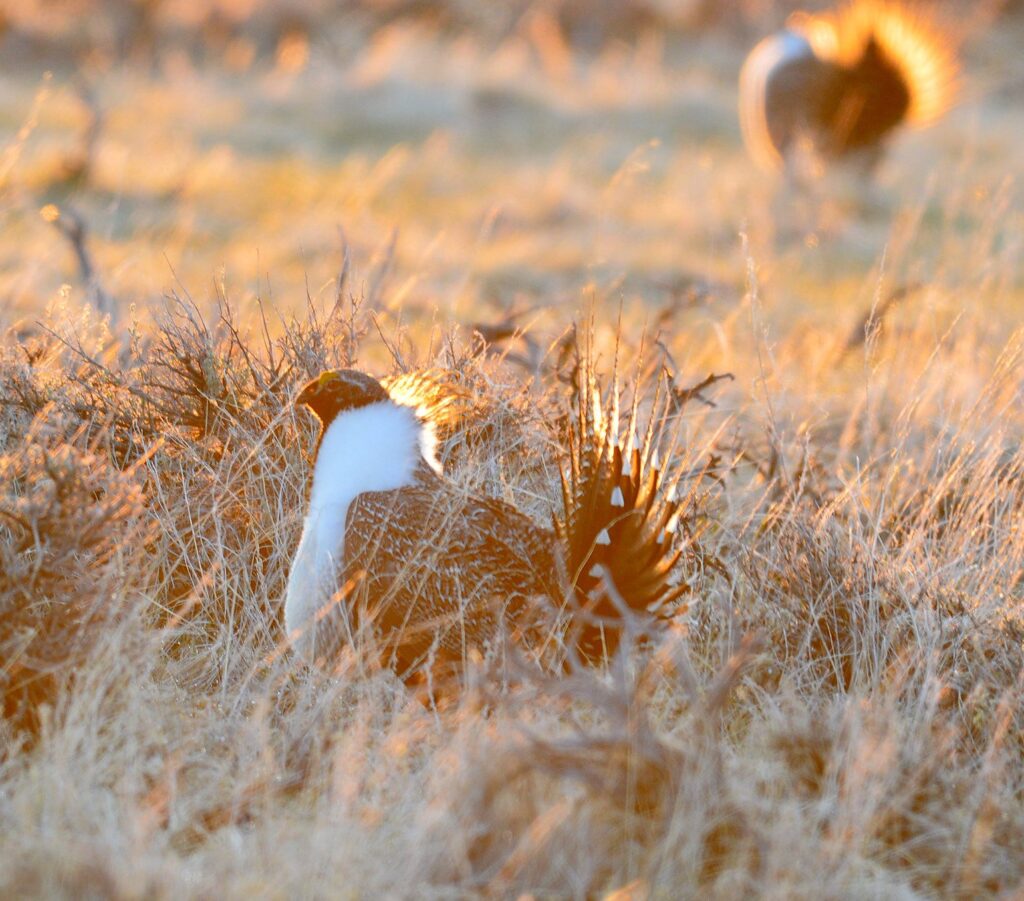
This landscape is defined just as much by what is not visible. Long fence lines, housing developments, and other human impacts on the land are few and far between. The Wind River Reservation encompasses more than two million acres and includes diverse habitats, from high-elevation alpine to a vast sagebrush steppe. Hogan, who worked closely with the Tribes and many other private and public partners during his long and successful tenure* as the Wyoming Partners for Fish and Wildlife Program State Coordinator for the U.S. Fish and Wildlife Service (USFWS), said that lack of development makes this area especially important.
“This project area is exceptionally valuable habitat for mule deer, bighorn sheep, and elk, all of which are culturally important species,” Hogan noted. “It also has robust numbers of migratory birds and Greater Sage-grouse.”
But, like so much of the West, this corner of Wyoming is not immune to the threats facing sagebrush habitat. Though Wyoming currently has less cheatgrass than many other states in the sagebrush biome, this and other aggressive invasive annual grasses are slowly gaining a foothold in the area and threatening the health and function of sagebrush habitat. However, thanks to recent funding from the Bipartisan Infrastructure Law (BIL), local partners now have new leverage in the fight against cheatgrass.
In early 2022, the Wind River Inter-Tribal Council approved a BIL-funded USFWS project to chemically treat invasive plants in the Washakie Rim, Breaks, and Coyote Basin areas on the Wind River Reservation. The project is a cooperative effort between the Eastern Shoshone and Northern Arapaho Tribes, USFWS, Bureau of Indian Affairs, and Fremont County Weed and Pest District and part of a larger, landscape-scale partnership to fight cheatgrass in Wyoming’s core sagebrush habitat.
Together, these partners identified a 10,000+ acre site on the Wind River Reservation near the town of Fort Washakie that is an ideal candidate for the aerial treatment of Rejuvra. This chemical can be targeted to treat annual grasses, including cheatgrass, and is highly effective—its application can result in a 98% decline in annual plants. After application, Rejuvra sits on the surface of the soil and once the seeds germinate, they can’t punch through the chemical. Native plants that germinate later in the season are not impacted.
Once the partners developed the project proposal, the next step was for Hogan and Pat Hnilicka, USFWS Project Leader for the Lander Fish and Wildlife Conservation Office, to go to the Wind River Inter-Tribal Council with their proposal. The Lander Office has provided decades of dedicated technical assistance and other support to the Wind River Tribes’ wildlife management work. The Council, made up of elected officials from the Eastern Shoshone and Northern Arapaho tribes, manages the Tribes’ business affairs and approves projects such as the one proposed by the partners. Regular, ongoing communication between the Inter-Tribal Council and the USFWS Lander staff and partners helps lay the groundwork to accelerate project approval and implementation.
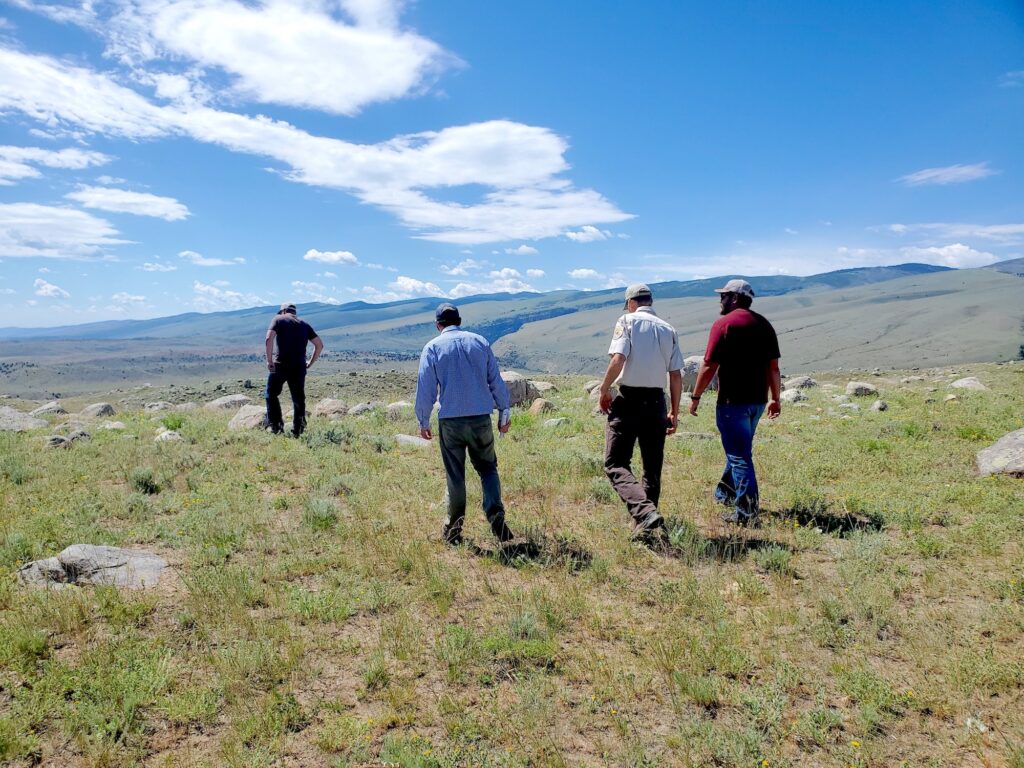
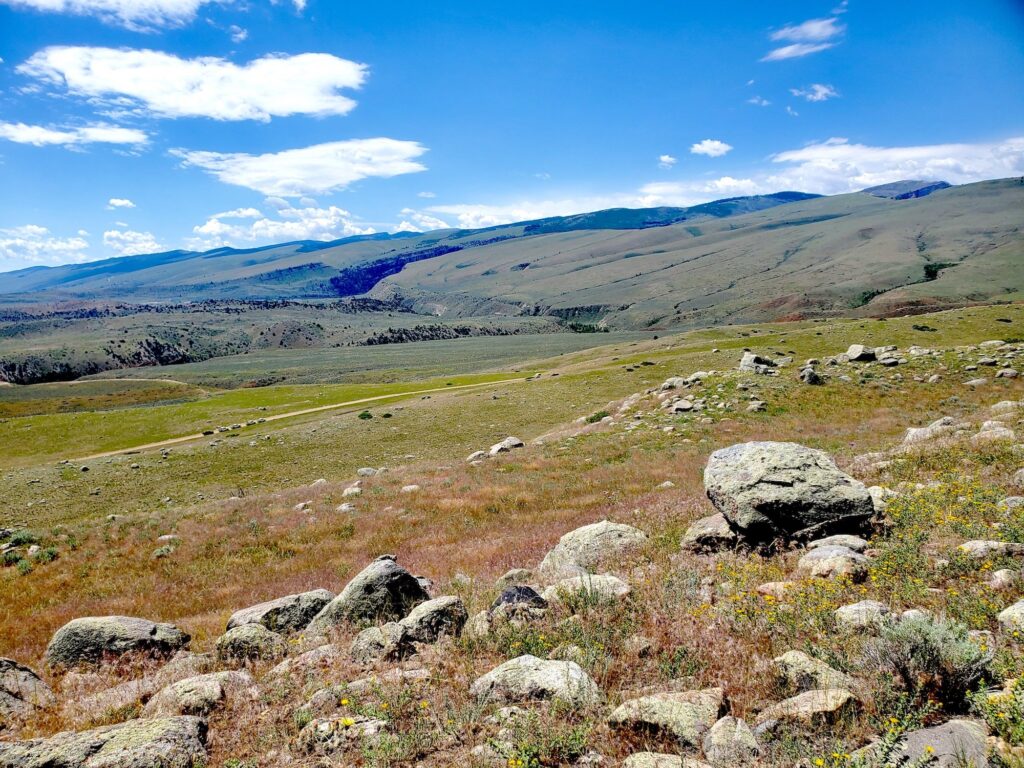
Another key aspect of the project is directing the BIL funding to a local Weed and Pest District across Wyoming, including Fremont County Weed and Pest District. Wyoming’s Weed and Pest Districts are highly effective at getting work to the ground quickly and effectively. With the ability to work across boundaries to tackle the threat of invasive grasses and noxious weeds, and with years of mapping giving them a clear roadmap, they are a key partner in any effort to treat invasive annual grasses in Wyoming. Aaron Foster, the District Supervisor of Fremont County Weed and Pest, said that his agency’s role as a hub for invasive species management will allow relationships among local stakeholders to translate BIL funding to work on the ground.
“We help coordinate work between different management agencies as well as local landowners,” he said. “We have the experience to continue to do that with this funding.”
With this project, partners are hopeful their quick work will help them get ahead of incoming cheatgrass and the threats this plant poses. Arthur Lawson, the Director of Shoshone and Arapahoe Fish & Game, said that promoting native plant species will have large-scale benefits for this important area.
“This whole area is valuable winter range for mule deer, bighorn sheep, and elk,” he said. “However, cheatgrass that has sprung up after fires over the last few decades is impacting the productivity of this site.”
Casey Savage, the Soil Conservationist for the Bureau of Indian Affairs Wind River Agency, noted that a rapidly growing population of feral horses is heavily impacting the landscape, leaving sparsely vegetated hillsides where before was grassland and shrubland. Around 5,000 feral horses occupy roughly a million acres across the Wind River Reservation. The first step of the project is to round up and remove some of the population to reduce the pressure on the native plants in the project area. This feral horse management work is being funded by BIA and other partners and complements USFWS’ investments of BIL funds in the larger project to control cheatgrass and restore and maintain land health on the Reservation and surrounding landscape.
“Removing these horses will reduce the pressure on the native plants already struggling to compete with the invasives and give them a chance to thrive when we apply the herbicide,” he said.
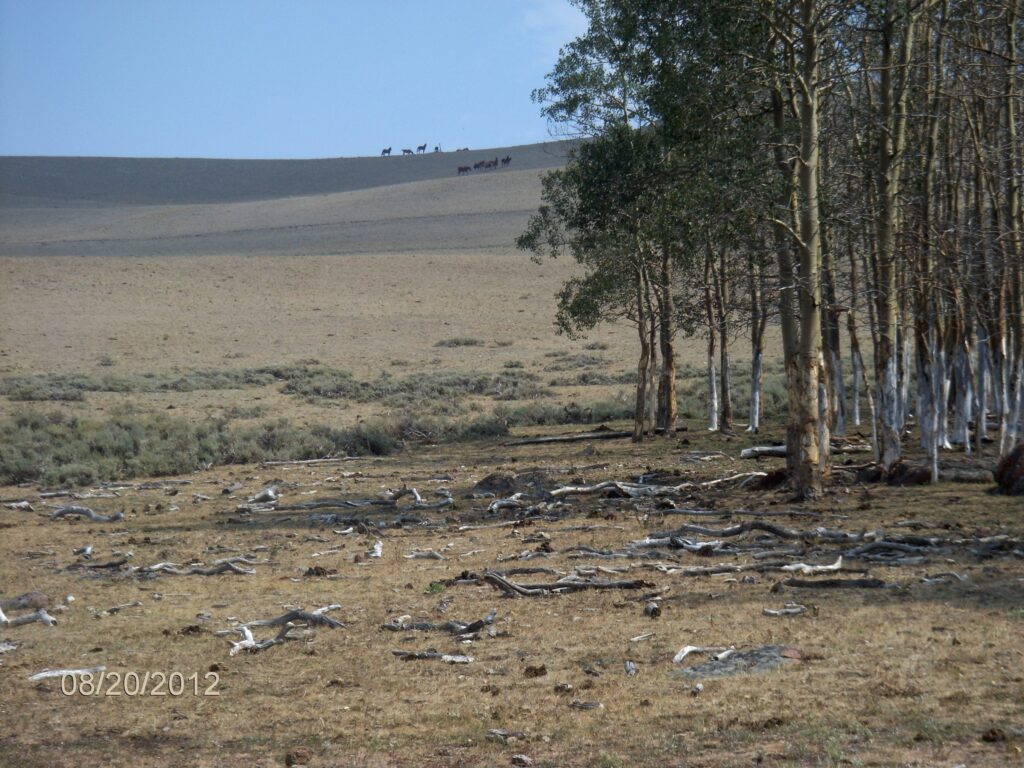
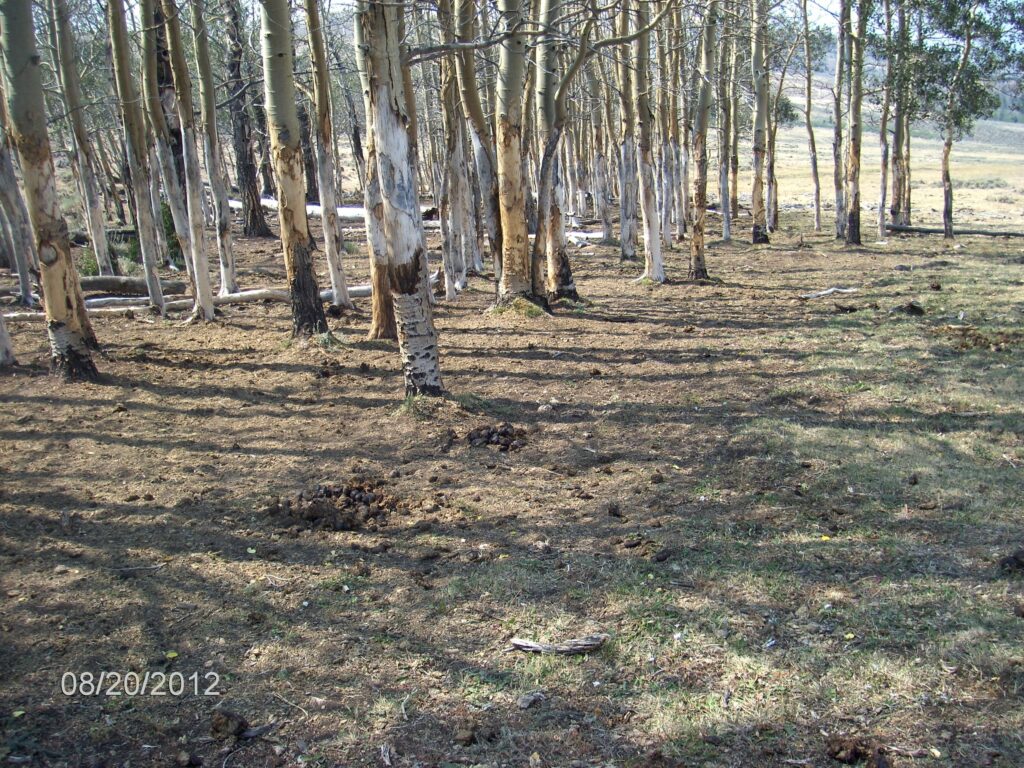
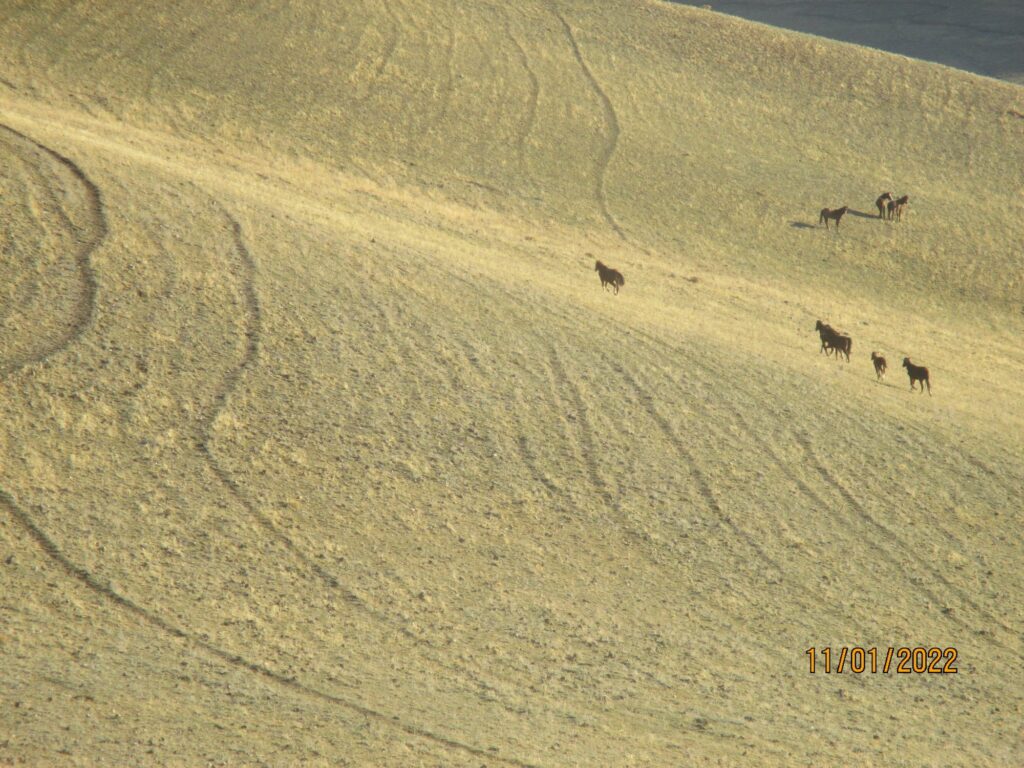
The outcomes from this project will also support the integrity of Fort Washakie’s watershed. Sustaining healthy rangeland conditions in the uplands will maintain natural runoff patterns and allow for more effective water storage throughout the watershed throughout the water year.
“When we look at the existing plant community, it’s a vertical structure. On the top is a sage-shrub layer, then an herbaceous layer of grass. When we get precipitation events, having this robust plant community allows water to absorb into the ground and minimizes runoff,” said Hogan. “Cheatgrass has basically no root and robs organic matter from the soil, so in an annual grass-dominated plant community, you’re going to see greater runoff events and erosional events.”
Minimizing these runoff events by allowing native plant communities to establish themselves will help keep water from disappearing quickly downstream, keeping local water tables up. Furthermore, by having a native plant community that can compete with cheatgrass, the partners hope that they can hold off an irreversible invasion.
…
“What do you see?”
Hogan’s initial question lingers. It doesn’t take too hard of a look to see what is perhaps the most important element of this project: hope for the future of the West’s sagebrush habitat.
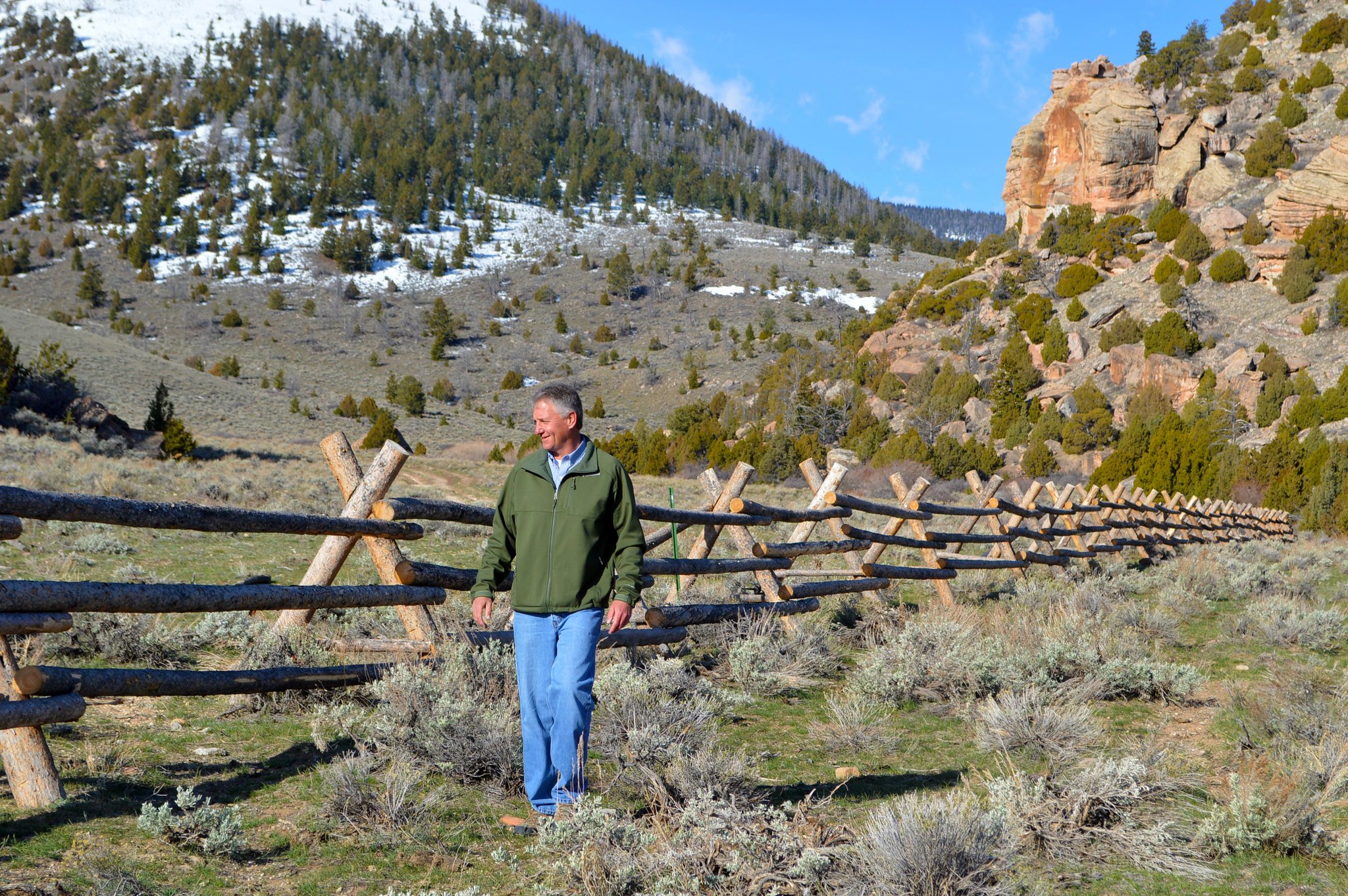
*Note for readers: Mark Hogan retired at the end of 2022. His dedication to the communities of people and wildlife in Wyoming is as vast as the western skies and we cannot express our gratitude sufficiently. Best wishes in your retirement, Mark! Also, the important projects featured in this story are a few of many being implemented across Wyoming that are supported by the Bipartisan Infrastructure Law. This work is part of multi-year investments involving innumerable partners across the Cowboy State. Stay tuned for additional updates on this work as projects break ground.
All photos courtesy of the USFWS.



